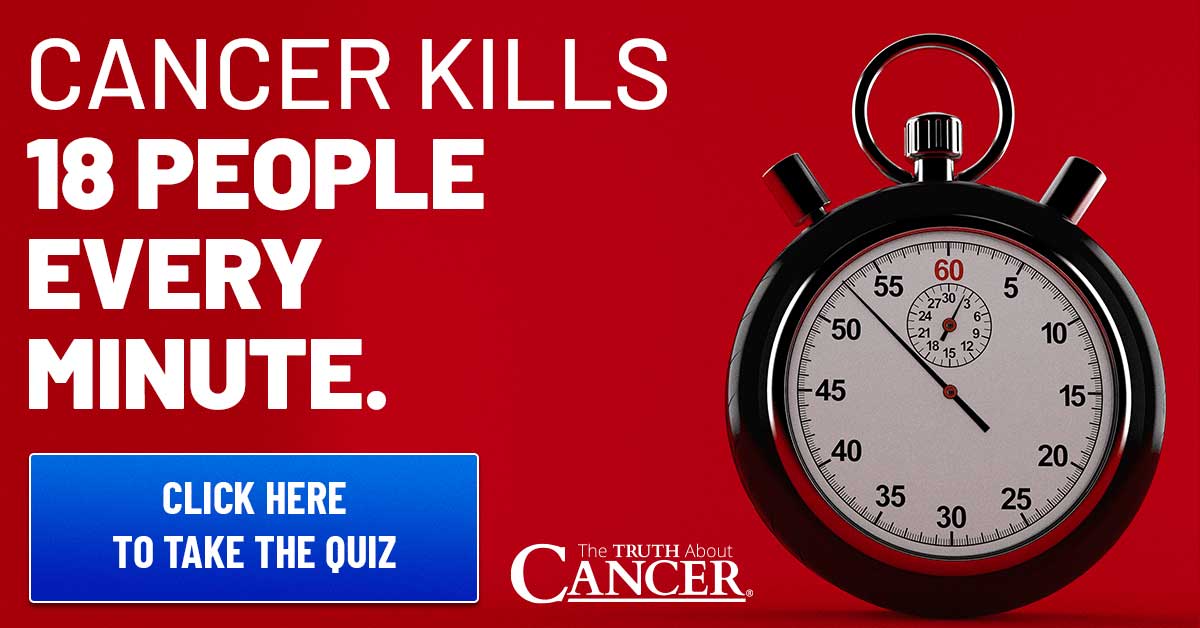Every single day you’re bombarded with conflicting images about who you should be, the foods you should be eating, and how you should feel.
Mass marketing campaigns target insecurities, ambitions, and our need to “fit in” with society at large. What you see is not always the whole truth. Advertisers, manufacturers, and drug companies want you to think they know exactly what you want and how to give it to you. They want to control your health, your buying habits, and when one thing makes you sicker, they want to tell you about this other pill that will make that side effect better.
Just a few of the messages you’ll see or hear everyday include…
- This program makes you thin and attractive.
- That pill makes you happy.
- These foods are bright and colorful, so they must be good for you.
In an age of too much information and far too little ethics about what and how companies sell to you, it’s important to remember that your body and your health are your responsibility. Something as important as your health should never be left in the hands of someone else.
History tells us that doctors make mistakes, drug side effects can be deadly, and foods you’re told are “good” for you turn out to trigger a global pandemic (we’re talking to you margarine and high fructose corn syrup).
It’s not only medicines you might take or a diet plan someone suggests. Your quality of life depends on you being informed and in control of your health every step of the way. Whether you are currently in good health or are looking for how to get healthy, choices you make every day can influence your overall well-being.
To make positive change in any area of your life, you must be engaged, empowered, and eager.
Getting healthy and staying healthy takes work. It takes regular effort, paying attention to how you feel, altering habits that don’t fit where you want to go, and thinking for yourself despite what your friends, family, and even your doctor think.
Being sick or fighting a life-threatening disease like cancer is exhausting financially, mentally, emotionally, and physically. Controlling your health is going to give you peace of mind you won’t feel if you let everyone else make your decisions.
Your Guide to Taking Control of Your Health
You’re willing to put in the time and the effort to get healthy, but how? Here is a simple guide on how to get healthy and to help you get where you want to go. Use it for your personal health or for any other area of your life. These steps work for your physical goals, personal goals, and even professional goals.
Remember… it’s just a guide! If you take a few days off, don’t beat yourself up! Get back on your plan of attack and cut yourself some slack. You’ve got this! When it comes to health and lifestyle changes, think long-term, gradual, and effective.
10-Step Plan for How to Get Healthy
1 | Make a Realistic Plan
If you’re already in good health, this may be as simple as committing to continuing that lifestyle. If there are changes you know you need to make, contemplate the best way to incorporate them into your life. You know your personality, so be realistic and fair to who you are. Consider how you normally react to change and how well you can stick to what you outline.
2 | Write it Down
Once you’ve made up your mind to change, grab a notebook, and put it all on paper. Track expenses such as a gym membership or a change in your health insurance. Track your progress as well. Use it as a food journal to note the foods you’re eating. This may help down the road if you think certain foods may be having a negative effect on your health. You can write down affirmations, inspirational quotes, funny stories, or journal to stay focused.
3 | Get Your Checkups
At any age, you should have a yearly checkup/check-in with a health professional. Pay attention to your body and discuss any changes, supplements, and goals. Early detection is a huge part of beating any possible problem that might develop. Just because you feel “fine” doesn’t mean you never need to go to the doctor. Cancer and heart disease are often silent until a patient’s situation is dire.
4 | Clean Your House
Not in the traditional sense (although ridding your house of dirt, allergens, and dust certainly can’t hurt). In this case, it’s time to clean out the pantry and refrigerator. Don’t leave temptation hanging around in your cupboards. On a day your defenses are down, this could be a trigger. Do everything in your power to control your health by keeping only healthy foods on hand. If you have to, start by cutting back. Changes don’t have to happen all at once.
5 | Hydrate and Then Hydrate More
Drinking water and eating water-rich foods is one of the easiest and best things you can do for your body. Staying hydrated allows your body to work, flushes away toxins, and keeps you alert. Dehydration causes headaches, foggy brains, and a host of other issues. It’s simple to either replace drinks with water or alternate them. Water-rich fruits and vegetables hydrate and are also full of nutrients.
6 | Exercise Anyway
Thirty minutes a day of exercise is best. A brisk walk, a stretching class, or swimming are low-impact options to get your daily fitness. A fancy gym membership and a personal trainer aren’t necessary unless you decide it needs to be part of your plan. Sneak in exercise by parking further from the door, take the stairs when you can, and stretch two or three times each day. Keep your muscles moving and your blood circulating. Exercise benefits your physical self as well as your mental clarity.
7 | Eat Good Quality Food
Avoid trans fats and use healthy alternatives like real butter, coconut oil, and extra virgin olive oil. Your body needs healthy fat to absorb specific vitamins. Choose lean meats and add extra servings of fresh vegetables. Avoid processed foods. Read the labels. If you can’t pronounce an ingredient in a supposed food, you shouldn’t be eating it.
8 | Get More Sleep
A consistent lack of sleep can cause many health issues. Aside from being tired and not having any focus, your body is unable to fight illness. Your immune system doesn’t function properly so viruses have a better chance of taking hold and could last longer than normal. Keep sleep consistent by going to bed at around the same time each night and rising at the same time every morning. Keep your sleep space cool and dark. Forbid the use of electronics in bed to let your mind rest.
9 | Listen to Your Body
Practice mindful eating. Listen to your body and learn the signals it gives you when it’s full. Eat slowly and put your fork down between bites. Sip water between bites. The body needs approximately twenty minutes to feel full. If you eat too quickly, you end up overfull. Take your time and enjoy your meals. You’ll find that you naturally eat less.
10 | Cut Yourself Some Slack
Everyone deviates from the plan now and then. It’s okay to have a small piece of cake at a birthday party, for instance. Splurging once in a while and indulging in the occasional treat is fine… just don’t fall back into old habits. Don’t let all your hard work go to waste. The next day or the next meal is your opportunity to start over. Don’t delay until next week or next month.
Make yourself a promise to take back control of your health. Even if you require assistance from physicians, every single facet of your care still needs to be accepted and approved by you. Ask questions when you need answers and find friends and family to help support your new direction and plan for getting healthy.
Make yourself a priority. Do your research, stick to your plan, set small goals, and celebrate them. You are your greatest asset and you deserve to be happy and healthy.
Want to determine YOUR cancer risk? Take the quiz and find out now.





















Getting plenty of sleep and exercising regularly everyday is good for your mind and physical body.
And the most important step is left behind – check your radon levels in your home! There’s no point to eat healthy and exercise if you are living in a home with high radioactive gas radon. Radon means radiation and radiation means cancer. Check your radon levels especially in the winter as the values can be as 10 times higher than in the summer. Radon mitigation is available in the US.